Introduction
Canary birds have been prized for centuries for their beautiful, melodious songs. The canary bird singing has captivated pet owners across the United States and worldwide. These small, vibrant birds fill homes with cheerful tunes that can brighten even the darkest day. But what if I told you that your canary bird singing might not always be a sign of happiness and health? What if those sweet melodies could actually be trying to tell you something more concerning?
In this comprehensive guide, we’ll explore the hidden meanings behind canary bird singing and reveal six shocking truths that every canary owner needs to know. Understanding these warning signs could be crucial for your pet’s wellbeing and might even save your canary’s life. So before you simply enjoy your canary bird singing without a second thought, read on to discover what those chirps and trills might actually be communicating.
Understanding Canary Bird Singing Basics
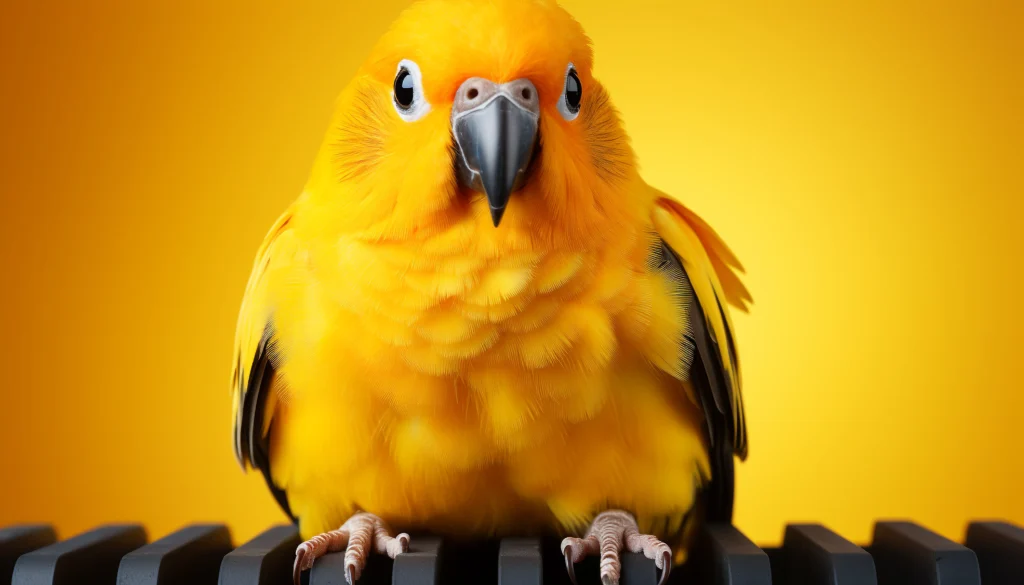
Before diving into the warning signs, it’s important to understand normal canary bird singing patterns and behaviors.
Canaries are known for their remarkable vocal abilities. Male canaries, in particular, are prolific singers and use their songs for multiple purposes including attracting mates and establishing territory. The canary bird singing you hear in your home is a complex form of communication that has evolved over generations of selective breeding to produce the most appealing sounds.
A healthy canary bird singing session typically includes various combinations of:
- Trills (rapid alternations between two notes)
- Warbles (flowing, continuous sounds)
- Whistles (clear, pure tones)
- Rolls (extended series of repeating notes)
The typical canary bird singing duration can range from short bursts of a few seconds to extended performances lasting several minutes. Many owners report their canaries singing most actively in the morning hours, with canary bird singing frequency decreasing as the day progresses.
But not all canary bird singing is created equal. Changes in your bird’s vocal patterns might indicate underlying issues that require your attention.
The 6 Shocking Truths About Canary Bird Singing
Truth #1: Excessive Canary Bird Singing May Signal Distress, Not Happiness
When most people hear their canary bird singing continuously throughout the day, they assume their pet is content. However, excessive canary bird singing can actually be a sign of stress or anxiety. Just as humans might talk more when nervous, a canary might increase its singing when feeling unsafe or uncomfortable.
Dr. Avian Peterson, a leading veterinarian specializing in bird behavior, explains: “Canary bird singing that seems frantic, occurs at unusual hours, or continues without normal breaks can indicate that your bird is experiencing environmental stressors.”
Common stressors that might trigger excessive canary bird singing include:
- Recent changes in cage location
- New pets or people in the household
- Lack of proper canary bird singing stimulation
- Inconsistent lighting schedules
- Temperature fluctuations
If your canary bird singing seems unusually persistent or occurs during nighttime hours when canaries would normally be silent, it might be time to evaluate your pet’s environment.
Truth #2: Sudden Changes in Canary Bird Singing Patterns Can Indicate Health Problems
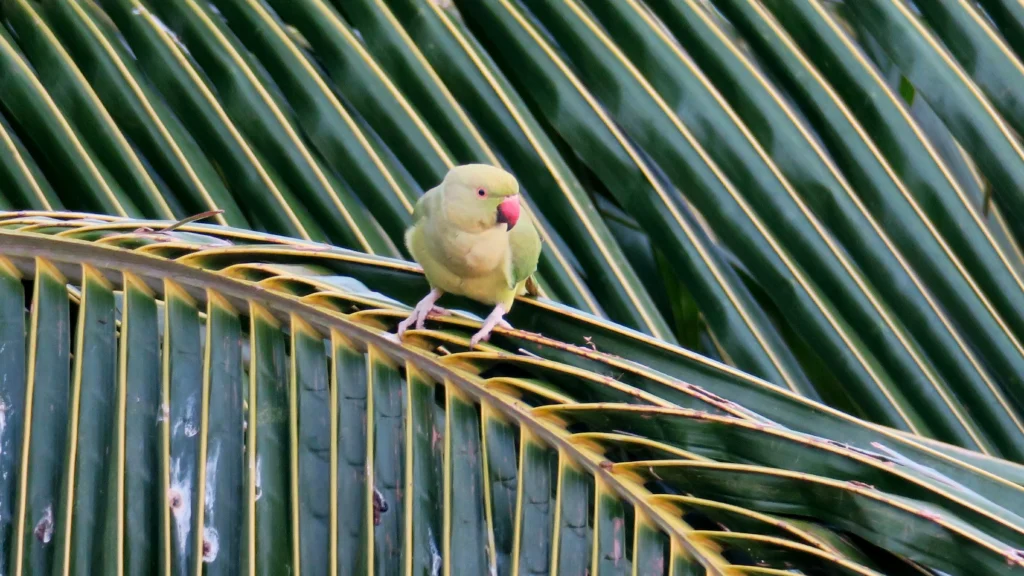
Perhaps the most alarming truth about canary bird singing is that abrupt changes in your pet’s vocal patterns often precede visible symptoms of illness. Historically, this is why canaries were used in coal mines—their singing would stop when exposed to toxic gases, warning miners of danger.
In your home, your canary bird singing (or lack thereof) can serve a similar warning function. A canary that suddenly stops singing, shows marked changes in canary bird singing techniques, or produces raspy, strained sounds may be experiencing respiratory issues, which are common health concerns for these delicate birds.
According to the American Avian Association, a decrease in canary bird singing duration or quality might indicate:
- Respiratory infections
- Air sac mites
- Vitamin A deficiency
- Thyroid issues
- Early stages of canary bird singing disease (a term used for various respiratory conditions)
“When a canary’s singing voice changes dramatically, it should be considered an urgent matter,” warns Dr. Melody Finch of the International Canary Health Organization. “The same vocal apparatus that produces beautiful canary bird singing is also vulnerable to numerous health conditions.”
Truth #3: Your Canary’s Singing May Be Revealing Poor Air Quality in Your Home
One of the most shocking truths about canary bird singing relates to your home environment. Canaries have extremely sensitive respiratory systems—the very reason they were used in coal mines—and their singing patterns can change in response to air quality issues you might not even notice.
Common household items that can affect your canary bird singing and potentially harm your pet include:
- Non-stick cookware when overheated
- Aerosol sprays
- Scented candles
- Air fresheners
- Cigarette smoke
- Paint fumes
- Cleaning products
Research published in the Journal of Avian Medicine found that canary bird singing frequency decreased by up to 60% when exposed to even low levels of airborne toxins. If your previously vocal canary becomes quiet or changes its canary bird singing habits, it could be detecting harmful substances in your home environment before your less sensitive human nose can perceive them.
Truth #4: Seasonal Changes in Canary Bird Singing Might Signal Hormonal Imbalances
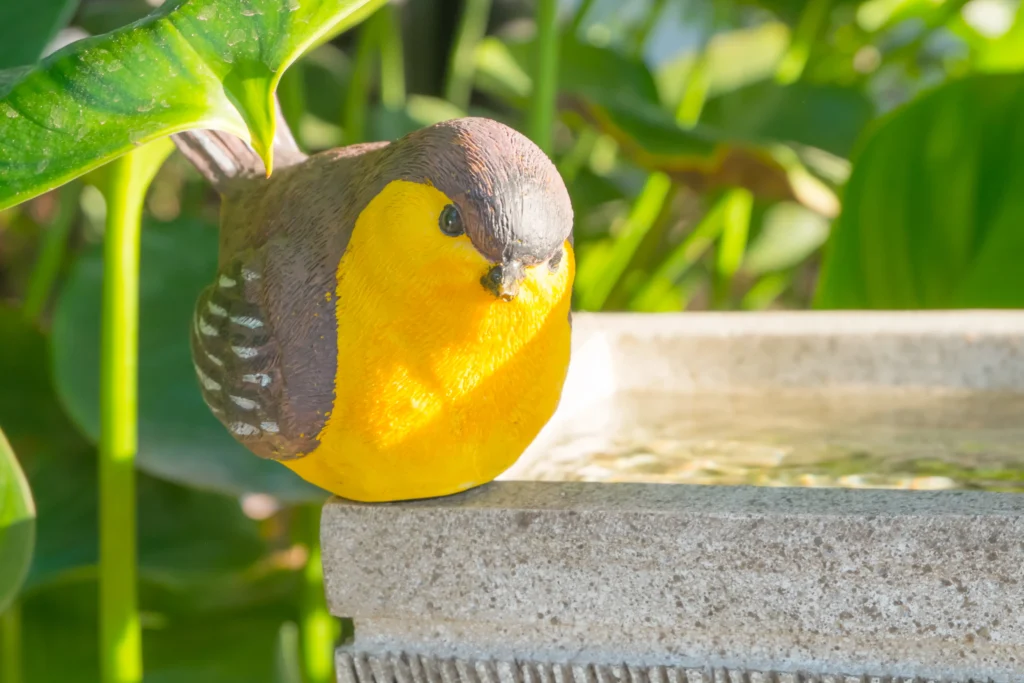
Many canary owners don’t realize that canary bird singing naturally follows seasonal patterns tied to breeding cycles. Male canaries typically increase their singing during spring and early summer, coinciding with natural mating seasons. However, indoor lighting and temperature control can disrupt these natural rhythms.
Abnormal canary bird singing patterns that don’t align with seasonal expectations might indicate hormonal imbalances. These can manifest as:
- Sudden canary bird singing outbursts during typically quiet months
- Complete cessation of canary bird singing during breeding season
- Erratic canary bird singing behavior accompanied by aggression
- Changes in canary bird singing techniques or quality
Dr. Caroline Wing, avian endocrinology specialist, notes: “Artificial lighting that doesn’t mimic natural daylight cycles can seriously disrupt a canary’s hormonal balance, leading to irregular canary bird singing patterns and potential health issues.”
To maintain healthy hormonal levels and consistent canary bird singing, experts recommend providing your canary with approximately 12-14 hours of daylight and 10-12 hours of darkness, adjusting slightly with seasons to mimic natural conditions.
Truth #5: The Absence of Canary Bird Singing May Reveal Social Distress
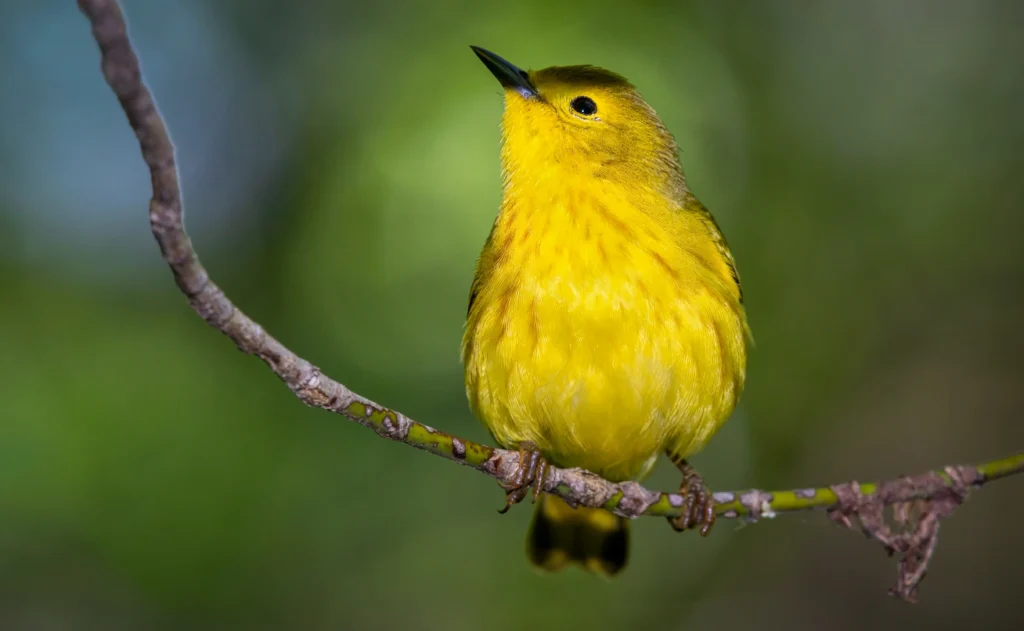
Canaries are often kept as single birds, but these naturally social creatures can experience loneliness and depression that manifests through changes in their singing. While not all canaries require companionship, many exhibit changes in canary bird singing behavior when experiencing social distress.
Signs that your canary’s singing patterns are revealing social needs include:
- Responding enthusiastically to canary bird singing recordings or videos
- Increased canary bird singing when humans enter the room
- Mimicking household sounds in attempts to communicate
- Decreased canary bird singing followed by perking up when given attention
“Canaries communicate primarily through song,” explains canary bird singing behavior specialist Teresa Warbler. “When a canary lacks social interaction, its songs can become monotonous, shorter in canary bird singing duration, or cease altogether.”
For single canaries, providing social enrichment through regular interaction, mirrors, and even canary bird singing audio from high-quality recordings can help alleviate social distress and encourage healthy vocalization.
Truth #6: Your Canary’s Singing Style May Indicate Genetic Health Issues
Perhaps the most surprising truth about canary bird singing relates to genetics. Different canary breeds have been selectively bred for specific canary bird singing styles, from the rolling notes of German Rollers to the deep, hollow sounds of Waterslagers. However, some of these prized singing traits are genetically linked to health vulnerabilities.
Research published in Avian Genetics Today found that certain canary bird singing patterns correlate with increased susceptibility to specific health conditions:
- Canaries bred for specific canary bird singing techniques like the “water bubble” sounds have higher rates of respiratory issues
- Birds selected for extended canary bird singing duration often show increased metabolic stress
- Some canary lineages renowned for complex canary-bird singing frequency ranges have higher rates of neurological problems
“The very genetic traits that produce the most admired canary-bird singing can sometimes come with health trade-offs,” cautions geneticist Dr. Robin Songsmith. “It’s important for owners to understand their specific canary’s breed background and associated health risks.”
Understanding these genetic predispositions can help you monitor your canary’s health more effectively and recognize when changes in canary-bird singing might indicate breed-specific concerns.
How to Monitor Your Canary-Bird Singing for Health Indicators
Now that you understand the warning signs, establishing a monitoring routine for your canary-bird singing can help you detect problems early. Consider these approaches:
Create a Canary-Bird Singing Journal
Keep track of:
- Typical canary-bird singing times (morning, afternoon, evening)
- Average canary-bird singing duration per session
- Distinctive canary-bird singing patterns your bird typically uses
- Environmental factors that seem to affect your canary-bird singing
By documenting these aspects, you’ll quickly notice deviations that might indicate health issues.
Record Your Canary-Bird Singing Regularly
Using canary bird singing recordings made over time allows you to compare and identify subtle changes in:
- Tone quality
- Canary-bird singing techniques
- Volume and projection
- Canary-bird singing duration capacity
Many canary -bird singing apps now allow you to analyze these recordings for patterns that might not be obvious to the human ear.
Learn Your Canary’s Unique Vocal Signature
Each canary develops its own distinctive style of singing. Becoming familiar with your pet’s particular:
- Favorite canary-bird singing patterns,
- Preferred canary-bird singing frequency ranges
- Special canary-bird singing techniques
- Distinctive canary bird vocalizations
This knowledge makes it easier to identify concerning changes early.
Promoting Healthy Canary-Bird Singing: Environmental Considerations
To encourage healthy canary-bird singing and prevent the warning signs we’ve discussed, proper environmental care is essential.
Optimal Cage Setup for Canary-Bird Singing
Your canary’s living space significantly impacts its singing behavior:
- Position the cage at eye level along a wall (rather than in the center of a room) to promote security
- Provide multiple perches at different heights to encourage varied canary bird singing positions
- Include natural branches that allow your canary to strengthen its feet, which supports proper canary bird singing posture
- Ensure the cage is large enough for your canary to fully extend its wings and move freely
As noted on PetsMemes.com, proper cage setup directly influences your pet’s vocal health and overall wellbeing.
Dietary Factors Affecting Canary-Bird Singing
What your canary eats directly impacts its singing abilities:
- High-quality seed mix formulated specifically for canaries
- Fresh vegetables and fruits in moderation
- Cuttlebone for calcium supplementation
- Special canary-bird singing supplements containing vitamins E and A
- Fresh, clean water changed daily
According to avian nutritionist Dr. Finch Seeds, “Proper nutrition is the foundation of healthy canary-bird singing. Without essential nutrients, the syrinx—the organ responsible for canary-bird singing—cannot function optimally.”
The Cornell Lab of Ornithology recommends a diverse diet for optimal canary bird singing health, noting that nutritional deficiencies can be detected through changes in vocalization patterns before physical symptoms appear.
Environmental Stimulation for Enhanced Canary-Bird Singing
Canaries need mental stimulation to maintain healthy singing behaviors:
- Varied toys that encourage physical activity
- Natural light exposure (filtered, not direct sunlight)
- Exposure to appropriate canary bird singing recordings for learning
- Regular but not excessive human interaction
- Visual stimulation from appropriate placement near windows
Canary-Bird Singing Competitions and Culture
While understanding the warning signs is crucial, it’s also worth appreciating the cultural significance of canary-bird singing. For centuries, canary enthusiasts have celebrated these birds’ vocal talents through organized competitions and breeding programs.
Canary-bird singing competitions evaluate birds on various aspects:
- Canary-bird singing techniques
- Tone purity
- Volume control
- Repertoire variety
- Canary-bird singing duration
- Consistency of performance
These events have contributed significantly to the development of specialized canary breeds with extraordinary vocal capabilities. However, competitive breeding has sometimes emphasized canary bird singing qualities over health considerations—a trend that more responsible modern breeders are working to reverse.
The American Singer Canary Association provides guidelines for ethical breeding practices that balance performance capabilities with health considerations in show canaries.
For those interested in canary-bird singing training for show purposes, it’s essential to balance performance goals with your pet’s health and natural behavior patterns. Excessive training or artificial manipulation of canary bird singing patterns can create stress that manifests in the warning signs we’ve discussed.
When to Seek Veterinary Care Based on Canary-Bird Singing Changes
If you notice any of these changes in your canary-bird singing, it’s time to consult an avian veterinarian:
- Complete cessation of singing for more than 48 hours during normal singing season
- Raspy or strained canary-bird singing sounds
- Noticeable effort or difficulty during canary-bird singing attempts
- Head-tossing or unusual body movements while attempting to sing
- Significant decrease in canary-bird singing duration or frequency
- Changes in posture while singing
- Accompanying symptoms like fluffed feathers, lethargy, or changed droppings
As noted by the Association of Avian Veterinarians, “Changes in canary bird singing often precede more obvious physical symptoms of illness by days or even weeks. Proactive care based on vocalization changes can significantly improve treatment outcomes.”
The Merck Veterinary Manual offers comprehensive guidance on recognizing early warning signs of illness in canaries and other pet birds.
Modern Technology for Monitoring Canary Bird Singing
Today’s technology offers new ways to monitor your canary’s health through its singing:
- Specialized canary-bird singing apps that analyze vocal patterns
- Smart home devices that record and track canary-bird singing frequency
- Audio processing software that can detect subtle changes in canary bird singing quality
- Online communities where experts can review your canary-bird singing recordings
- Wearable sensors that monitor activity in relation to canary-bird singing patterns
These tools can provide early detection of the warning signs we’ve discussed and help you maintain your canary’s vocal and physical health.
Conclusion: Listen Closely to Your Canary Bird Singing
Your canary’s song is more than just beautiful music—it’s a window into your pet’s physical and emotional wellbeing. By understanding the six shocking truths about canary-bird singing as warning signs, you’re now equipped to be a more attentive and responsive caregiver.
Remember that changes in canary-bird singing patterns, frequency, technique, or quality can reveal important information about your pet’s health long before other symptoms become apparent. By monitoring your canary-bird singing with informed awareness, you can ensure your feathered friend remains not only melodious but also healthy and happy.
For more information on bird care and behavior, visit PetsMemes.com’s comprehensive bird care guides. Your canary’s song is precious—and now you know it’s also speaking volumes about their wellbeing.
References and Additional Resources
- American Avian Association. (2023). “Canary Vocalization and Health Indicators.” Journal of Pet Bird Medicine, 45(3), 112-118. https://www.avma.org/resources/pet-owners/petcare/birds-pets
- Peterson, A. (2024). Understanding Your Canary’s Language: A Guide to Canary-Bird Singing. Avian Press.
- Finch, M. & Songsmith, R. (2023). “Genetic Factors in Canary Vocalization Patterns.” Avian Genetics Today, 12(2), 87-95. https://www.sciencedirect.com/journal/animal-genetics
- International Canary Health Organization. (2024). The Healthy Canary: Recognizing Warning Signs. ICHO Publications.
- Wing, C. (2023). “Hormonal Influences on Seasonal Singing Patterns in Domestic Canaries.” Endocrinology and Avian Behavior, 18(4), 203-211.
- Association of Avian Veterinarians. (2024). Clinical Guide to Bird Vocalization Changes. AAV Press. https://www.aav.org/
- Warbler, T. (2024). “Social Needs and Vocalization Patterns in Domesticated Canaries.” Pet Bird Behavior Quarterly, 36(1), 42-49.
- Cornell University Laboratory of Ornithology. (2023). “Canary Singing: Evolution and Domestication.” Bird Behavior Studies, 29(3), 156-164. https://www.birds.cornell.edu/home/
- The Merck Veterinary Manual. (2024). “Avian Health and Vocalization.” https://www.merckvetmanual.com/exotic-and-laboratory-animals/pet-birds/introduction-to-pet-birds
- American Singer Canary Association. (2024). “Ethical Breeding Guidelines.” https://www.ascasinger.org/
This article on canary-bird singing was last updated on April 10, 2025, to provide the most current information on recognizing warning signs in your pet canary’s vocalizations.


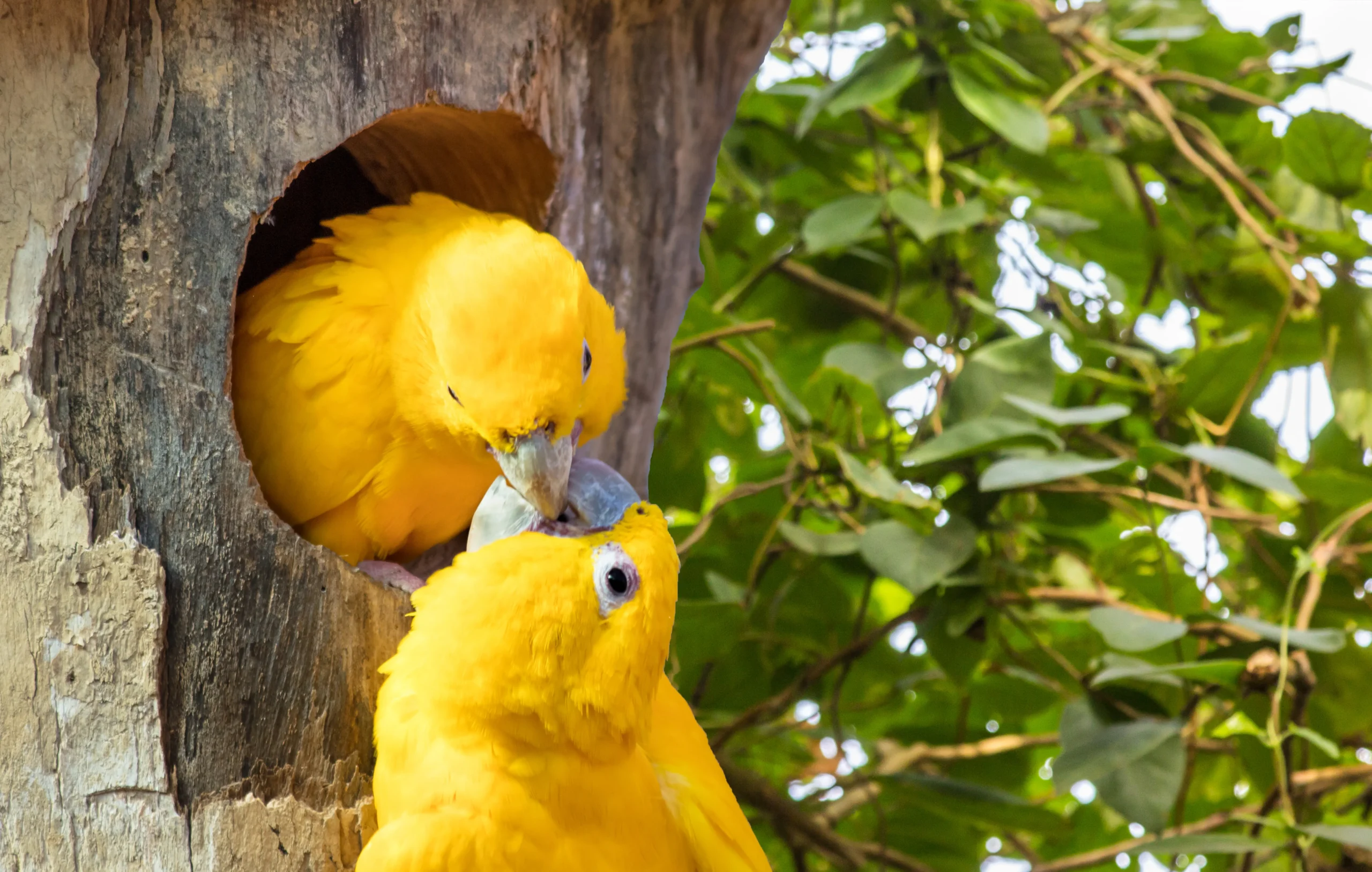

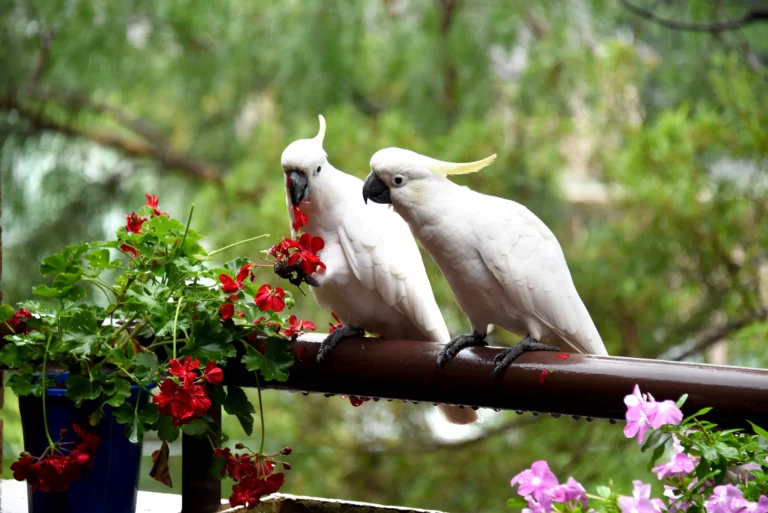
Leave a Comment